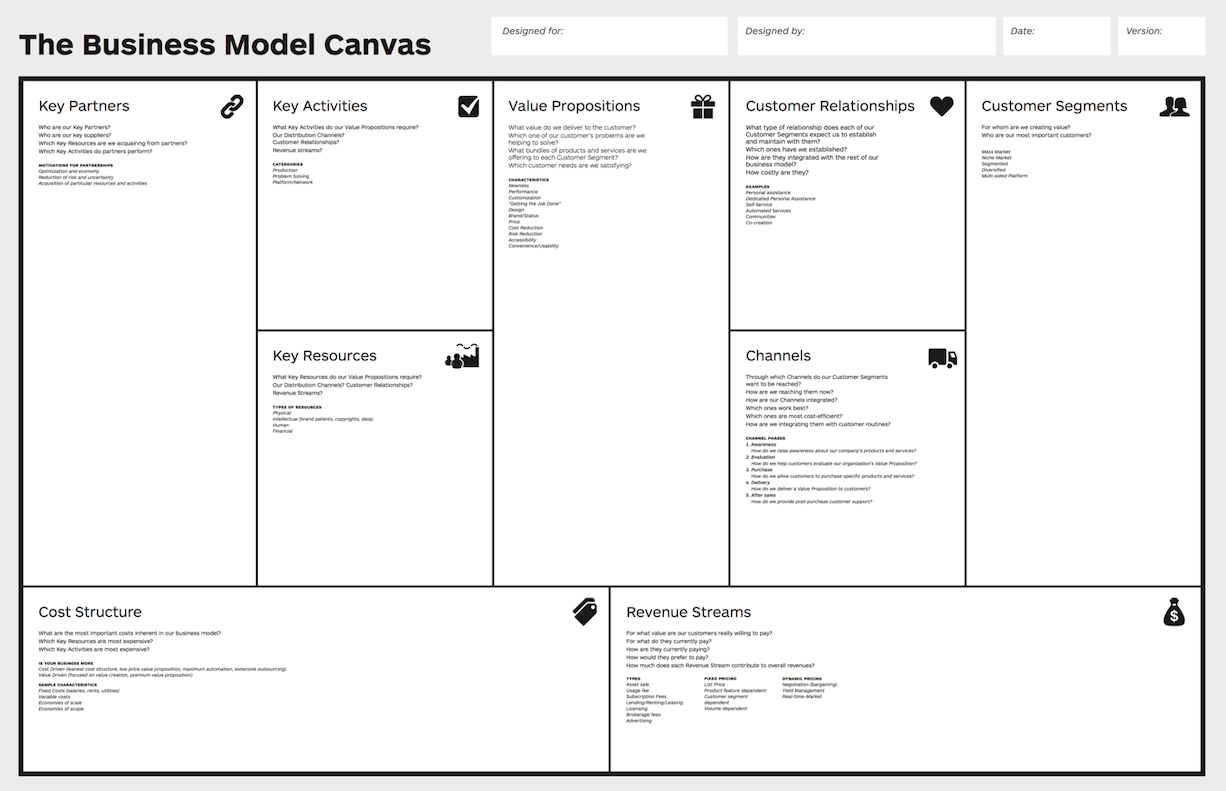Do you work with a headhunter who finds state of the art candidates? Executive Search consists of more than just recruiting candidates from the competitor of the company. Pia Torreck and Jasmin Dahl from our IESF Denmark partner Ingvardsen II Partners explain in this article that Executive Search is based on examining the industry, the business model of the company and the organizational structure. Sometimes you might find the new CEO in a completely different industry, but in a company with the same business model.
The business model, the sector and the industry can be relevant factors that provide input to the headhunter and the search strategy and thus indicate where the optimal candidate can be found. Other factors may also concern the strategic task, culture, or public affairs challenges. The business model may well be a creative way to find the most value-creating new chief executive.
Why is there so much talk about business models instead of strategy? Part of the answer is largely since many investors lost millions in the 1990s USA – the so-called .com bubble. Millions were invested in companies that had many visitors on the websites but did not generate revenue. The need to understand the new digital business created an increased urgency to analyze which parts of the business that generated revenue and earnings. Advertising on a website or real services? How would Amazon’s, Facebook’s and Google’s business be understood?
Entrepreneur and founder of the restaurant ‘A Hereford Beefstouw’, Mr. Damgaard, always asked his employees to answer three questions when proposing new innovative projects: “Can we do it? Can we sell it? Can we make a profit from that?”. In other words, he talked about parts of the business model of the company. A business model provides answers to which customers you deliver to and why they return to your value proposition? The model also describes the main resources that companies make use of to provide its services, which distribution channels are used, other key activities, cost structure and significant business partners.
Swiss Alexander Osterwalder has designed a generic model that helps illustrate which elements can be included in a business model: The Business Model Canvas.

To a headhunter, it is important to understand the business model of the company that needs a new chief executive. It is one thing to understand the industry or sector – suppliers, raw materials, distribution, competitors, competencies. At which competitors or suppliers could you find a good candidate? But it can also be important to find a skilled candidate in a business model that is similar – but in a completely different industry. Perhaps even an industry that has been challenged and thus has streamlined and digitized several parts of the business. Perhaps you will find a candidate who will be able to produce significantly better results than the candidate who simply comes from the competitor or from a similar industry.
The company’s business model may also be under pressure. For example, several retail companies have been outcompeted by online companies. Here, the Executive Search task can be to find a new CEO who can bring the company towards a new business model. A digitalized business model.
A new CFO may advantageously have been in the same business model, where the same risks and cost drivers must be managed. A CCO may have a strong ‘go to market’ experience, but from a completely different market.
Other times you will find the new chief executive in the same industry, but elsewhere in the value chain. If the OEM needs to strengthen its customer relationships, it may be important that the new chief executive has strong customer contacts, to the very customers that the OEM needs, in order to have a more stable revenue base.
Sometimes headhunters are accused of being too traditional. Therefore, it may be important to challenge the headhunter on whether there could be similar business models in other industries from which the talented top candidates may come from. Some competencies can easily be created in a completely different domain and provide significant innovation.
As a headhunter, you can even get warm at heart when you meet a successful Digital Supply Chain director, in charge of digitization in a global logistics company, who has originally researched the brain’s neural network.
The skilled Executive Search work consists of finding a candidate who can create value for the company – and maybe even create extraordinary value.